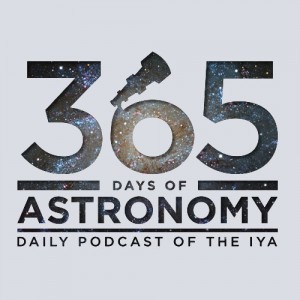Daunting Mathematical Puzzle Solved, Enables Unlimited Analysis of Encrypted Data
From the post:
IBM inventors have received a patent for a breakthrough data encryption technique that is expected to further data privacy and strengthen cloud computing security.
The patented breakthrough, called “fully homomorphic encryption,” could enable deep and unrestricted analysis of encrypted information — intentionally scrambled data — without surrendering confidentiality. IBM’s solution has the potential to advance cloud computing privacy and security by enabling vendors to perform computations on client data, such as analyzing sales patterns, without exposing or revealing the original data.
IBM’s homomorphic encryption technique solves a daunting mathematical puzzle that confounded scientists since the invention of public-key encryption over 30 years ago.
Invented by IBM cryptography Researcher Craig Gentry, fully homomorphic encryption uses a mathematical object known as an “ideal lattice” that allows people to interact with encrypted data in ways previously considered impossible. The breakthrough facilitates analysis of confidential encrypted data without allowing the user to see the private data, yet it will reveal the same detailed results as if the original data was completely visible.
IBM received U.S. Patent #8,565,435: Efficient implementation of fully homomorphic encryption for the invention, which is expected to help cloud computing clients to make more informed business decisions, without compromising privacy and security.
If that sounds a bit dull, consider this prose from the IBM Homomorphic Encryption page:
What if you want to query a search engine, but don’t want to tell the search engine what you are looking for? You might consider encrypting your query, but if you use an ordinary encryption scheme, the search engine will not be able to manipulate your ciphertexts to construct a meaningful response. What you would like is a cryptographic equivalent of a photograph developer’s “dark room”, where the search engine can process your query intelligently without ever seeing it.
Or, what if you want to store your data on the internet, so that you can access it at your convenience? You want your data to remain private, even from the server that is storing them; so, you store your data in encrypt form. But you would also like to be able to access your data intelligently — e.g., you would like the server to be able to return exactly those files containing the word `homomorphic’ within five words of `encryption’. Again, you would like the server to be able to “process” your data while it remains encrypted.
A “fully homomorphic” encryption scheme creates exactly this cryptographic dark room. Using it, anyone can manipulate ciphertexts that encrypt data under some public key pk to construct a ciphertext that encrypts *any desired function* of that data under pk. Such a scheme is useful in the settings above (and many others).
The key sentence is:
“Using it, anyone can manipulate ciphertexts that encrypt data under some public key pk to construct a ciphertext that encrypts *any desired function* of that data under pk.”
Wikipedia has a number of references under: Homomorphic encryption.
You may also be interested in: A fully homographic encryption scheme (Craig Gentry’s PhD thesis.
One of the more obvious use cases of homomorphic encryption with topic maps being the encryption of topic maps as deliverables.
Purchasers could have access to the results of merging but not the grist that was ground to produce the merging.
The antics of the NSA, 2013’s poster boy for better digital security, such as subversion of security standards and software vendors, out-right theft, and perversion of governments, will bring other use cases to mind.
